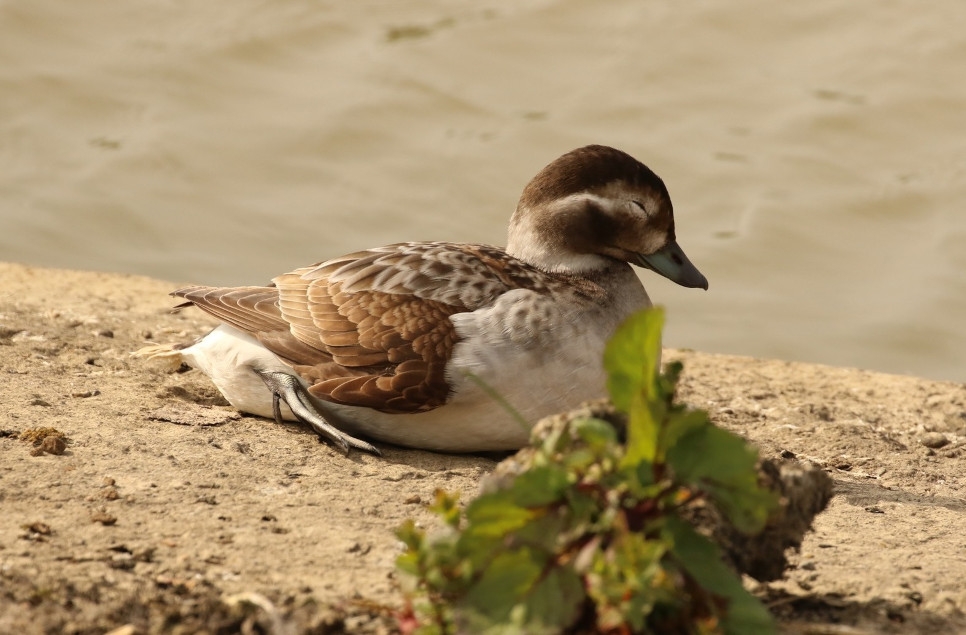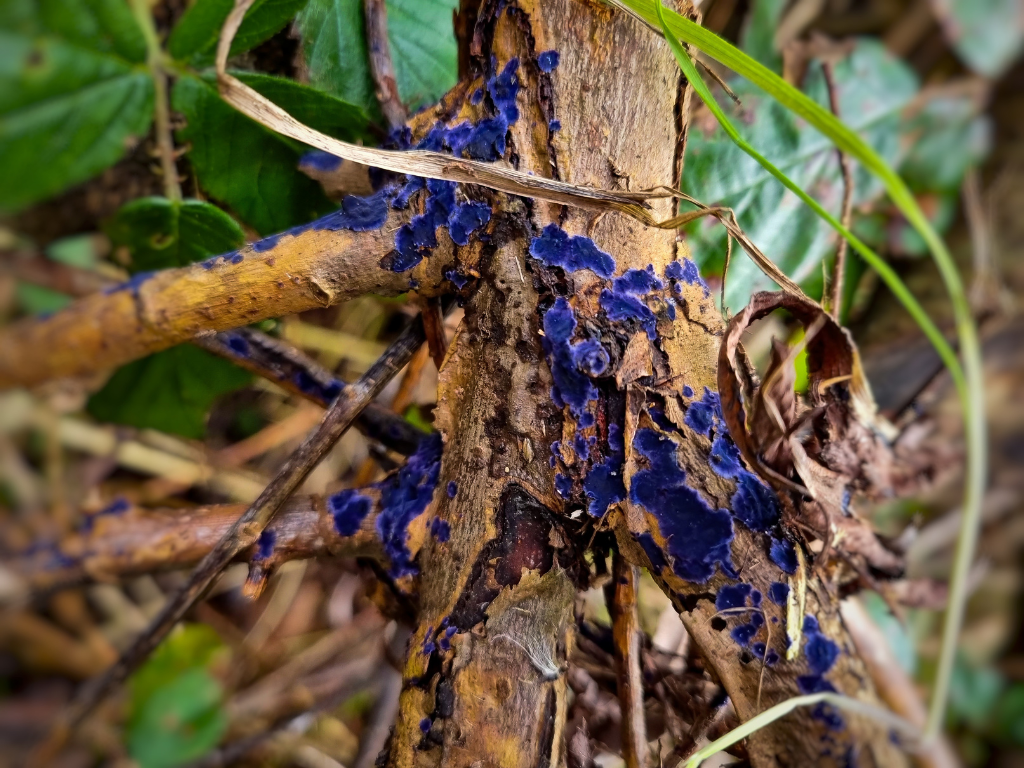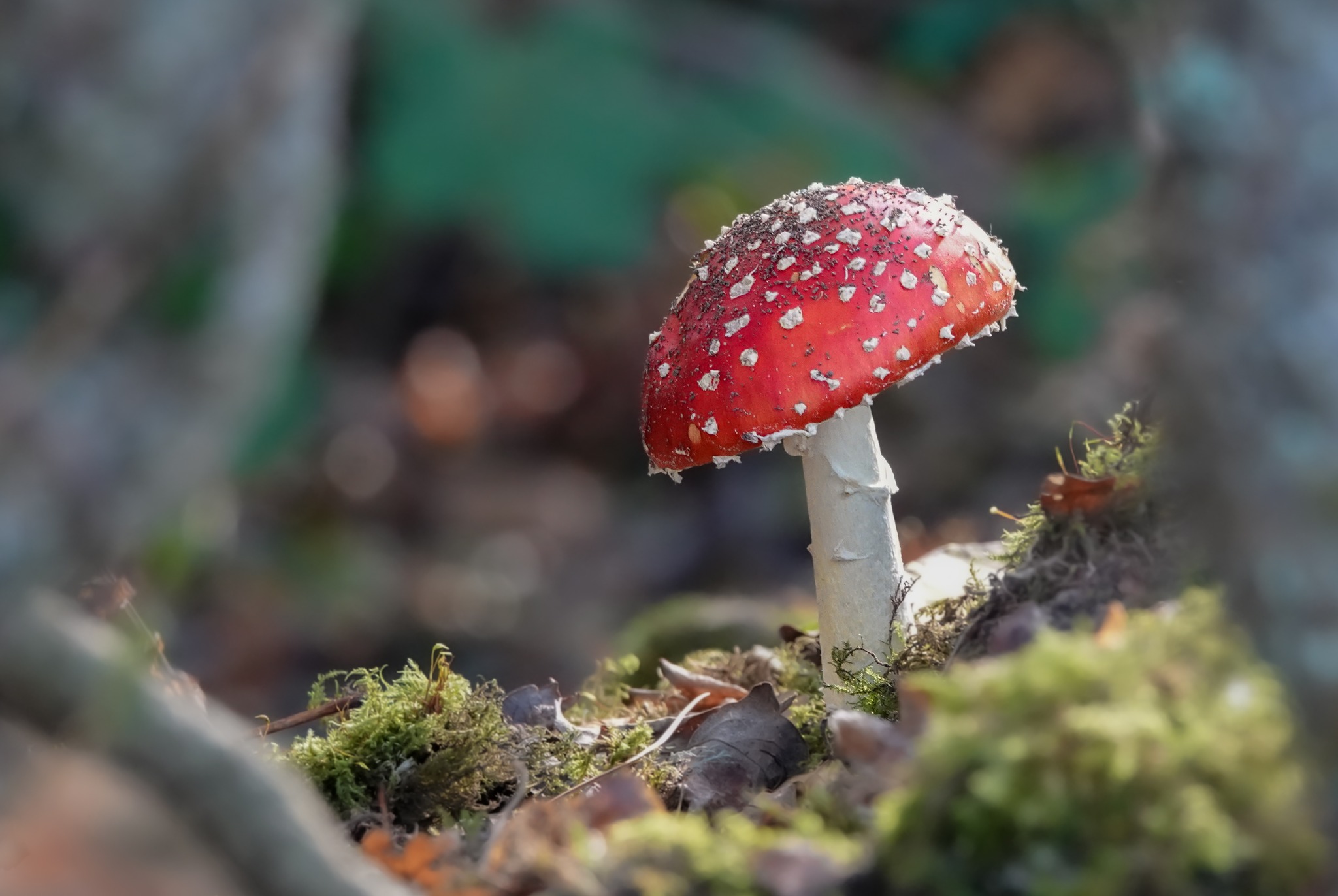Recent Wildlife Sightings 20th - 26th July
Highlights: Long-Tailed Duck, Pintail, Great White Egret, Drinker Moth

Drizzly rain dampened the start of the summer holidays, but a pleasant end to the week gave us a chance to enjoy being outside and watching the surrounding wildlife.
Highlights: Long-Tailed Duck, Pintail, Great White Egret, Drinker Moth
The big tides this week topped up Saline Lagoon back to normal levels, bringing us relief that the fish can swim freely again. Although the underwater creatures will be happy, some of the birds might not be too pleased with their dinner having more room to escape from them. Indeed, the lower water level did bring in some uncommon birds, most notably a total of 6 Great White Egret on Saturday. Typically only seen here in singles or pairs, this group equalled the highest number ever seen here, showing just how unusually low the water level was. As this species has been spreading across the UK, seeing a group of this size is going to become more likely in the coming years.
The female Long-Tailed Duck that had an extended stay on Freshwater Lagoon during the winter and spring this year has popped back up, spending most of her time roosting on the islands. Reported sightings in recent weeks suggest the bird may have been skulking around site since it was last seen daily, so it’s unlikely the bird actually migrated as it should have done.
A couple of early returning Pintail have been seen on Freshwater Lagoon and Saline Lagoon this week – a sign that breeding ducks are beginning to make their way back South. This elegant bird congregates in internationally important numbers on the Burry Inlet during winter, one of a few hotspot sites around the country where this is the case, so it won’t be long before these are commonplace in the area again.
Despite being common on Saline Lagoon, a Cormorant seen in our Living Collection pens this week was a very unusual sight. Perhaps an exploratory juvenile looking for a reliable source of food, it certainly made itself at home amongst our collection birds (although it did give them a bit of a fright as they had likely never seen a Cormorant before!). This individual was very gregarious, visiting most of our pens and even seen surveying its newfound kingdom from the roof of the visitor centre.
Weather permitting, the Learning team will be out each morning between 10:00–10:30 outside Observatory Hide to show visitors the moths caught in our light trap overnight. Some species that have been found this week include Elephant Hawk-Moth, Drinker and Pale Prominent. These larger moths are some of the more striking and recognisable, so visitors enjoyed learning that moths can be more interesting to look at than they previously thought.
Featured Photo Credit: Alannah Ruthen



